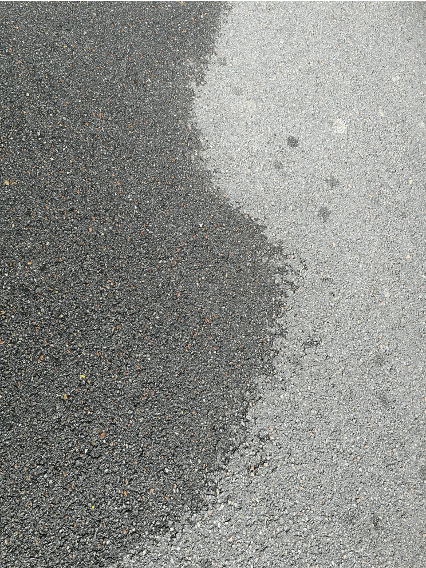|
|
Basically, remote sensing means measuring some property of an object without actually touching it. Usually, we add some interpretation to this measurement to draw conclusions about the object we are sensing.
Humans are actually very skilled remote sensors. Our eyes and ears are remote sensing instruments. Picture yourself going for a walk shortly after a light summer rain. The sun is out again. As you walk along the pavement, you notice that the color of the concrete varies: there are patches of concrete that are light gray, and patches that are dark gray. Without touching the pavement, what can you infer from this difference in color? The patches that are dark gray are where the concrete is still wet from the rain. The patches that are light gray are where the sun already evaporated the rainwater and the concrete is dry. So without actually touching the pavement, your eyes can detect its color, and your brain, based on past experience, interprets the color of the concrete to "tell" something more about its state: whether it's dry or wet. Question: Let's take another example. How can you tell if the burner on an electric stove is hot, without touching the surface and burning your hand? There are actually two ways that you use remote sensing to tell whether the burner is cool or hot. The first way is to look at the color of the burner. If it is red, you can interpret that color to mean that the burner is very hot. But if the color is black, the stove still may be quite hot. What other sense can you use to detect if the burner is warm?
|
||||||||||||||||
|
|
|||||||||||||||||
